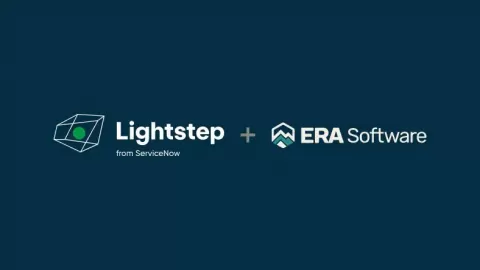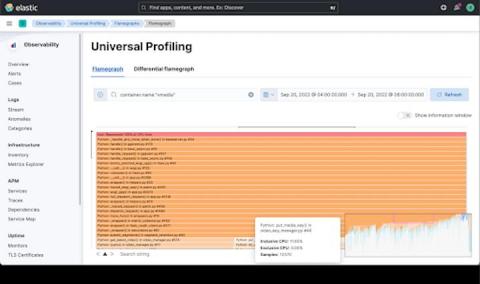The future of observability is cloud-native and unified
Building modern, cloud-native applications introduces new challenges to teams and organizations. As these systems grow and scale, struggles abound: inconsistent performance monitoring experiences across siloed tools, wasteful performance management practices with duplicated efforts, and mounting frustration from colleagues and customers. Surmounting these challenges requires multiple sources of data and truly unified observability.











